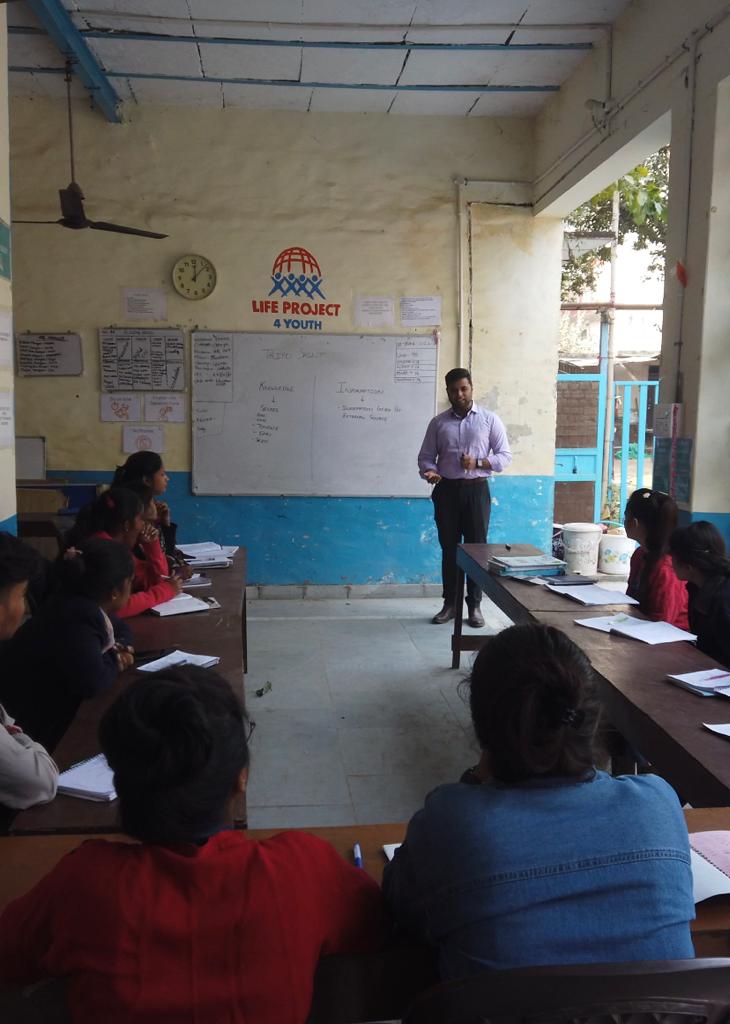As a social worker, I have had the privilege of teaching and empowering underprivileged youth for a considerable time. Through my work, I have witnessed firsthand the transformative power of education in breaking the cycle of poverty and contributing to the Sustainable Development Goals (SDGs). Today, I want to share my experience and shed light on what it truly takes to become an active participant in the SDGs.
- Recognizing the Importance of Education:
Education lies at the heart of sustainable development. By providing access to quality education for underprivileged youth, we equip them with the tools and knowledge necessary to overcome socio-economic barriers. It is crucial to recognize the transformative potential education holds in achieving several SDGs, including Goal 1 (No Poverty), Goal 4 (Quality Education), Goal 5 (Gender Equality), and Goal 10 (Reduced Inequalities). By investing in education, we invest in a brighter future for individuals and societies.
- Understanding the Root Causes:
To effectively contribute to the SDGs, it is vital to understand the root causes of poverty and inequality. By delving deeper into the structural, systemic, and social factors that perpetuate these issues, we can develop targeted interventions. Identifying the barriers that hinder underprivileged youth from accessing education, such as lack of resources, discrimination, or inadequate infrastructure, allows us to design comprehensive solutions that address their specific needs.
- Providing Access and Opportunities:
Becoming part of the SDGs requires providing underprivileged youth with equal access to education and opportunities. This involves collaborating with communities, local organizations, and educational institutions to create inclusive learning environments. It also requires addressing barriers such as financial constraints, transportation issues, or cultural biases that prevent marginalized youth from attending school. By removing these obstacles, we pave the way for them to realize their full potential.
- Empowering Youth through Skills Development:
Education goes beyond the classroom. To become active participants in the SDGs, underprivileged youth need more than academic knowledge. They require practical skills that empower them to navigate the challenges of the real world. By integrating vocational training, entrepreneurship programs, and life skills development into their education, we equip them with the tools necessary for self-sufficiency and economic independence. Empowered youth can contribute to Goal 8 (Decent Work and Economic Growth) and Goal 9 (Industry, Innovation, and Infrastructure).
- Nurturing a Supportive Environment:
Creating a supportive environment is essential for underprivileged youth to thrive. This involves fostering a sense of belonging, building positive relationships, and providing mentorship opportunities. By connecting youth with mentors who can guide and inspire them, we instill hope and resilience. A supportive environment not only enhances their educational journey but also contributes to Goal 3 (Good Health and Well-being) and Goal 16 (Peace, Justice, and Strong Institutions).
- Advocating for Policy Changes:
To create sustainable and lasting change, we must advocate for policy changes that prioritize education and address the root causes of inequality. By actively engaging with policymakers, raising awareness about the importance of education, and advocating for equitable and inclusive policies, we can contribute to Goal 4 and Goal 10. Policy changes at the local, national, and global levels are essential to ensure that education becomes a fundamental right for all.
Conclusion:
Becoming part of the Sustainable Development Goals is a collective effort that requires recognizing the power of education, understanding the root causes of inequality, providing access and opportunities, empowering youth through skills development, nurturing a supportive environment, and advocating for policy changes. Through my experience as a social worker, I have witnessed the transformative impact education can have on underprivileged youth, empowering them to break free from the chains of poverty and contribute positively to society. Let us join hands and work towards creating a world where every young person has equal opportunities to fulfill their potential, paving the way for sustainable development and a brighter future for all.


Leave a Reply